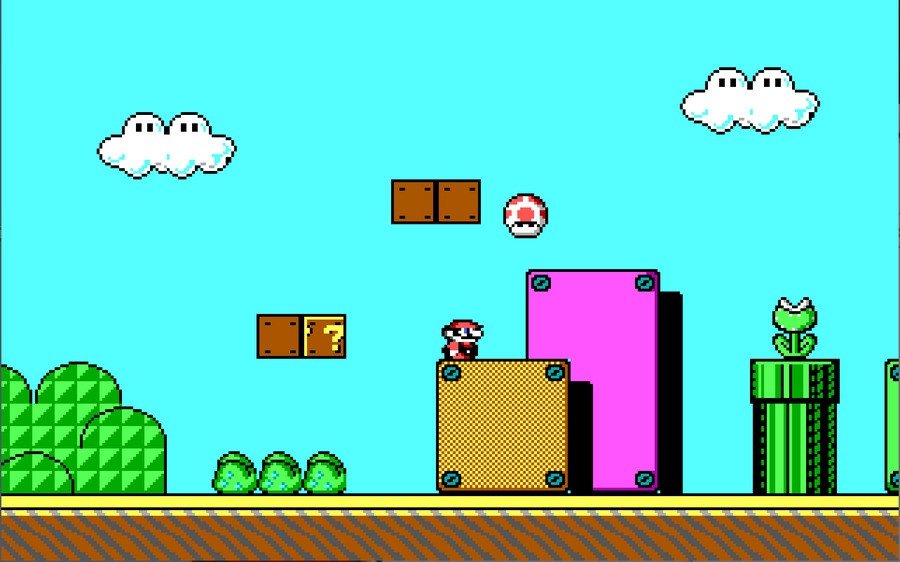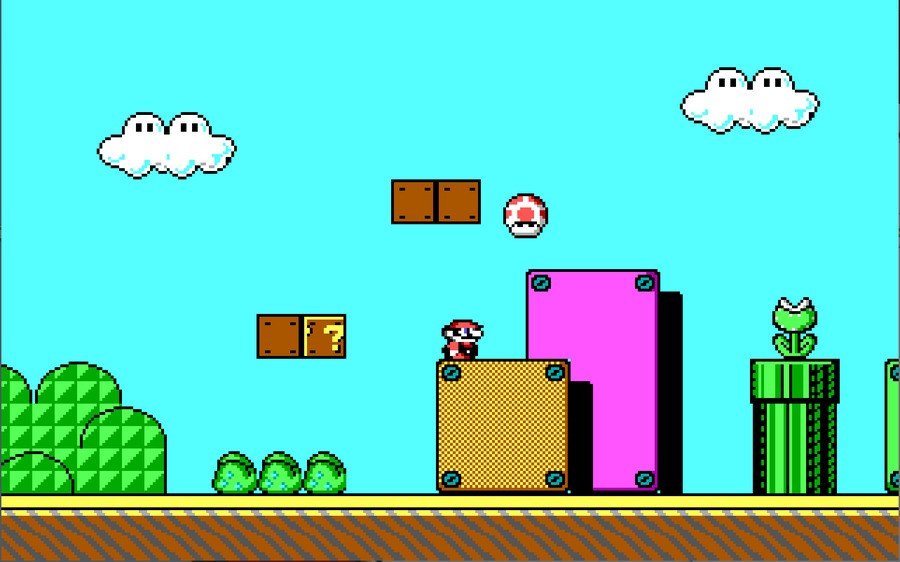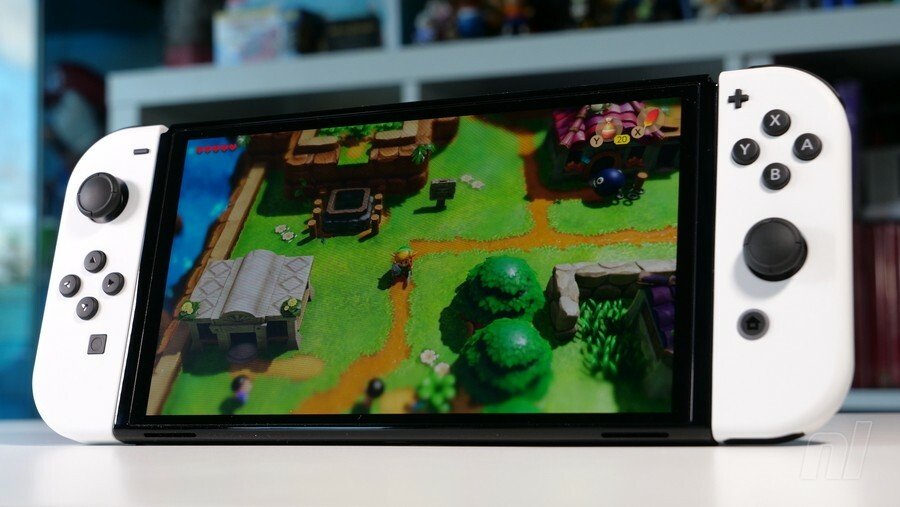

You may remember a few years ago when veteran game developer and DOOM legend John Romero released a video of a PC port demo of Super Mario Bros. 3 originally built as a pitch to Nintendo back in 1990. Well, the full demo has now turned up in a bunch of data donated to the Strong National Museum of Play in the US.
The team that would become id Software (of Quake, Wolfenstein, and Doom fame) produced this proof-of-concept over thirty years ago in the hope that Nintendo would licence an official PC port. Although the platform holder rejected the proposal, the demo itself is an impressive piece of coding and a copy is now in the archives of the aforementioned institution.
As detailed by Ars Technica, Andrew Borman — Digital Games Curator at the museum — discovered the prototype on a floppy disk buried in a software collection that had been donated some time ago. Apparently, the person who donated "was a game developer, but they did not work on this pitch, instead receiving [it] during their work".
So why is a rejected demo of a Super Mario Bros. 3 PC port significant? Well, until now John Romero's video (embedded at the bottom of the page) was the only public evidence of its existence — although it's mentioned in David Kushner's Masters of Doom — so having it archived and accessible to researchers is significant, especially considering the prominence of the source game and the team members who worked on it.
The demo is also an example of John Carmack's programming ingenuity and displays the smooth screen scrolling familiar to platforming fans on console, but something that PC games of the era struggled to replicate.
As Borman tells Ars Technica, the demo is far from a finished product and "lacks many features and polish that would have been seen had the developers been able to work with Nintendo" but for a prototype originally made, as Romero told Polygon, in "a week, after work, and on the weekend all two days", this is an incredibly impressive accomplishment and an important piece of video gaming history.
It's nice to know it's now in a museum where it belongs.
Let us know below if you'd have liked John Romero to make you his Peach.
[source twitter.com, via arstechnica.com]




